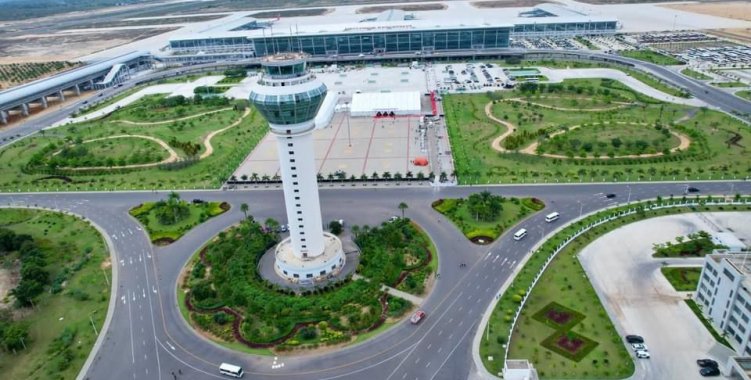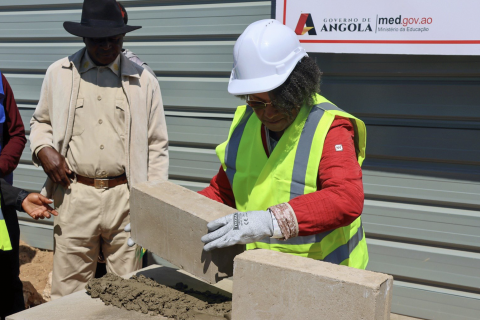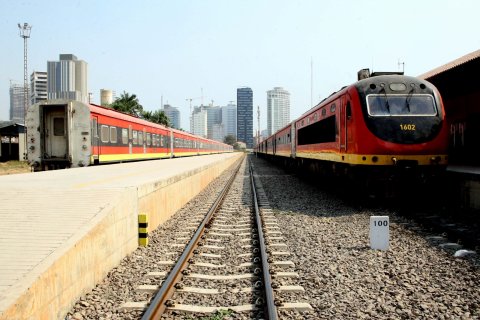According to the official – in statements to the press, cited by Angop, as part of the third integrated simulation of operational tests at the airport in question –, flights are expected to start at the 'Dr. António Agostinho Neto' airport in the second half of November.
He added that the airlines are currently reprogramming and changing flight codes and other operational and logistical processes.
António Pombal also said that the operational transition from 4 de Fevereiro Airport to 'Dr. António Agostinho Neto' airport is just over halfway done (62 percent) and should be completed by the time the new airport starts operating.
Regarding the simulation, the official explained that its purpose was to test the operational systems and procedures of all those involved in the operation of the airport, in order to ensure that all activities are guaranteed and within the standards determined until the start of operations, writes Angop.
Approximately 1683 passengers were involved in this exercise, 83 of whom disembarked from a TAAG flight that arrived at the new airport at 10:18 am, while the remaining 1600 passengers boarded three international and two domestic flights.
TAAG and Qatar Airways also participated in the simulation, with check-in, migration and baggage collection services, among others, being assessed.
The official, quoted by Angop, said that the next simulation is scheduled for October, in which almost all the companies operating in Angola will be involved, adding: "In terms of airport infrastructure, operational simulation is essential to ensure the efficient, comfortable, safe, fluid and regular operation of the various services available and necessary".
Still on the simulation, Tânia Abreu, marketing director of the ATO, said that it is part of the transfer procedure from one airport to another, with the aim of finding out about possible errors, as well as rectifying them and improving procedures.
In this third simulation, the focus was on the movement of passengers, landing and take-off of the plane, movement of employees, train flow and even transfer of cargo to the terminal, with passengers arriving at the airport by train, taxi, private car, bus and a TAAG plane.







